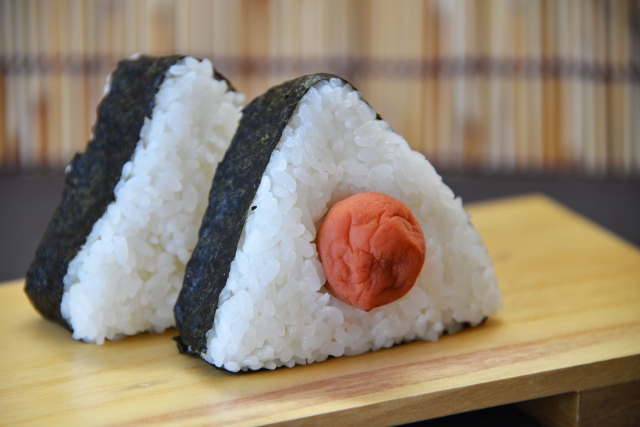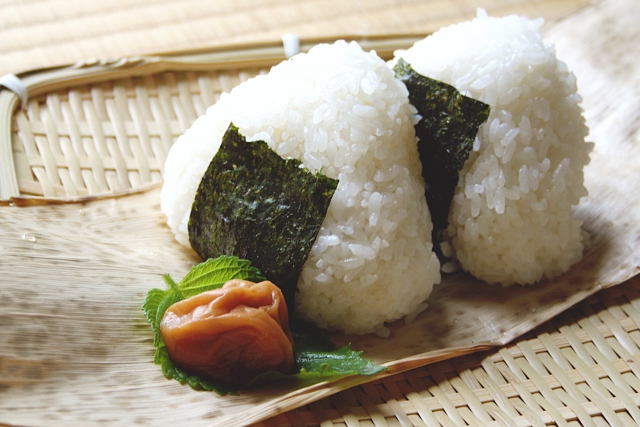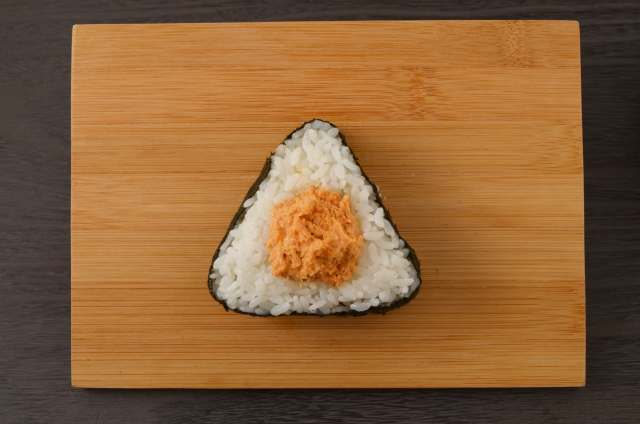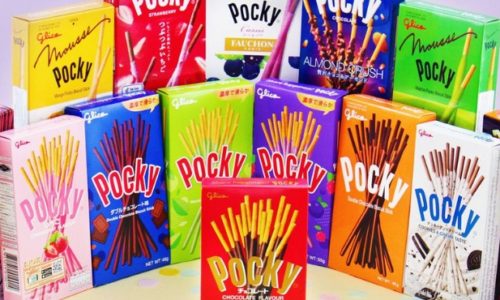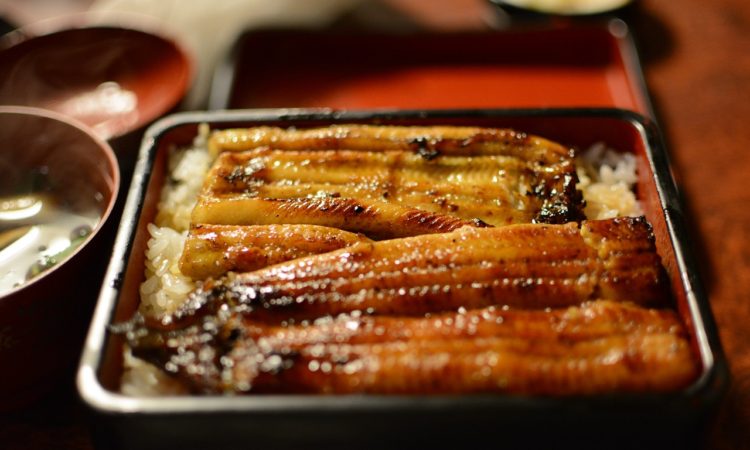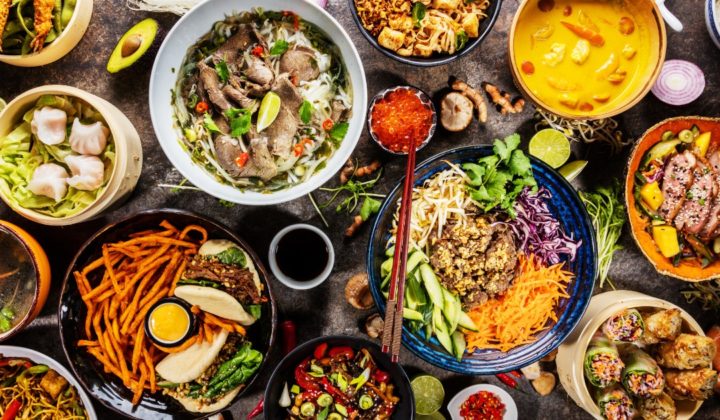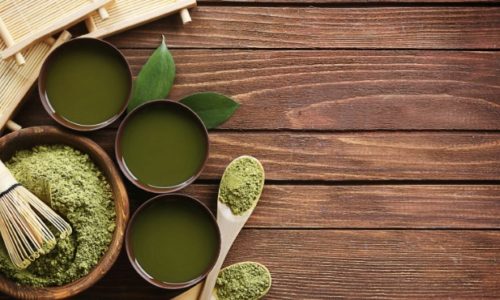Onigiri have been loved by Japanese people for centuries and they are still loved very much today. Onigiri first appeared in a book called ‘Fudoki’ published in A.D. 713 so it has at least 1300 years of history!
(Note: In some regions people call it ‘omusubi’ instead.)
What is Onigiri
An onigiri is a ball or triangle shaped rice. It is eaten as a traditional Japanese picnic food and often put in packed lunch (bento) or eaten as a snack.
An onigiri often has some fillings in the middle of and it is usually wrapped in nori seaweed. The traditional fillings often contain unique Japanese ingredients like konbu seaweed, bonito fish flakes and umeboshi plum. It is shaped into triangle or round on your palms.
Onigiri is a finger food so it is just the right size to easily hold with one hand. It is so easy and simple to cook and it is very healthy so you might want to try making one for yourself, your family or friends.
How to make onigiri
It is quite easy to make an onigiri. You only need cooked rice, salt and some water.
– Recipe –
1. Firstly cook some rice. Then let it cool down after it has cooked.
2. Apply a pinch of salt evenly on your palms with some water which prevents rice from sticking to your hands when you are making it.
3. Take some rice onto your hand and make the rice into a ball shape by gripping it with both hands. If you want some fillings in your onigiri, place the fillings in the center of the rice before gripping hard to make the rice into ball shape. Finally, you can wrap nori seaweed around the outside of the ongiri if you like. That’s it, it’s done!
Tip: If you prefer the nori wrapper to be crunchy when you bite into the onigiri, wait until just before you start eating to wrap the nori around the rice ball, otherwise it will go soft.
The fillings – which has been attracting Japanese people in all ages and both genders.
One of the reasons why onigiri is so popular is because you can choose your favorite from many different fillings. If you visit a supermarket or a convenience store, you’ll find a huge selection of fillings in onigiri.
Here are six of the most popular fillings for a homemade onigiri for many years:
■Grilled salmon ( sake or shake ) seasoned with salt or flavored with teriyaki sauce
Cooking tips: People use leftover grilled or fried salmon from the previous night’s dinner. If you do not have any salmon left, you can buy a jar of cooked and ready to eat salmon flakes for onigiri from any major supermarket.
■Soured Japanese plum ( umeboshi ) – The older generation prefers this type.
Cooking tips: Each make or region of umeboshi has slightly different taste and flavor
so look out for one that you like when you buy for onigiri.
■Tuna and Mayo – This type is especially popular with young boys. And also it is very popular with my foreign friends.
Cooking tips: Get a tin of tuna and a tube of mayo then, after draining the water out of the tuna tin, just mix tuna and mayo well. That’s it.
■ Kombu seaweed strings with sesame seeds cooked in teriyaki sauce.
Cooking tips: Some people prefer to cook them from scratch but the majority of people just get them from shop.
■Dried bonito flakes ( okaka )
Cooking tips: get a pack of katsuobushi (bonito flakes) and mix with a dash of soy sauce.
■Fish eggs – raw or cooked
Tarako – Cooked fish eggs
Karashi mentaiko – spicy chilli fish eggs
Raw but preserved fish eggs with salt and chilli is called ‘karashi-mentaiko’. Cooked fish eggs is called ‘tarako’. Tarako has milder and more subtle taste. Mentaiko is softer, saltier and spicier.
Some of these six fillings are traditional preserved foods which have been eaten for centuries among Japanese people so they are fine inside onigiri without being refrigerated for few hours.
Down the generations in Japanese families
I still remember my mum used to make kombu seaweed, umeboshi plum, okaka and salmon onigiri for my bento (pack lunch) and as after school snacks. My grandmother also used to make onigiri for me when I visited her. Now I am a mum of two young active kids and I also make onigiri for them like my mum and grandmother did for me. The tradition has been passed down the generations and still it continues in my family. It is not just my family but majority of families do the same in Japan.
Good cost performance
If you make a proper homemade sandwich in Japan, it would cost you a lot. Bread is more expensive than rice and you can’t easily get proper cheese or ham at a reasonable price. So onigiri is better value.
Is it worth considering putting homemade onirigi in your bento now? Even if you are still not sure about making one by yourself, you can easily buy onigiri in Japan and it would definitely be fun to try out a lot of different tastes of onigiri and to discover your favorite one!
Miua
JAPAN

